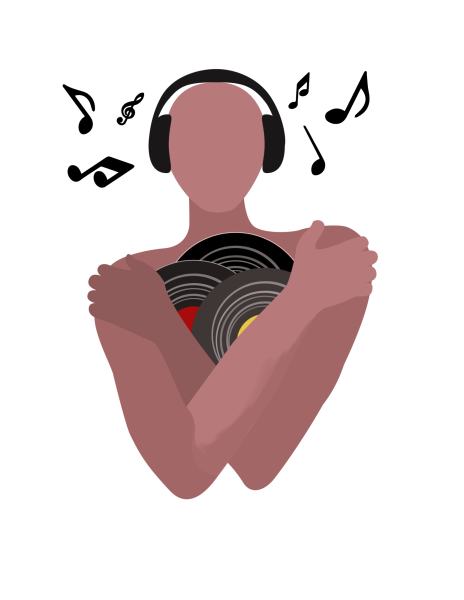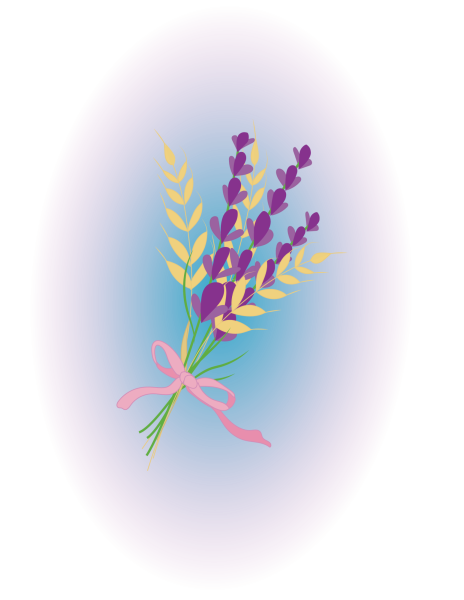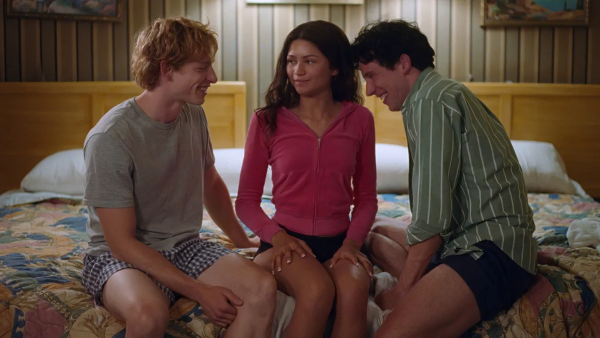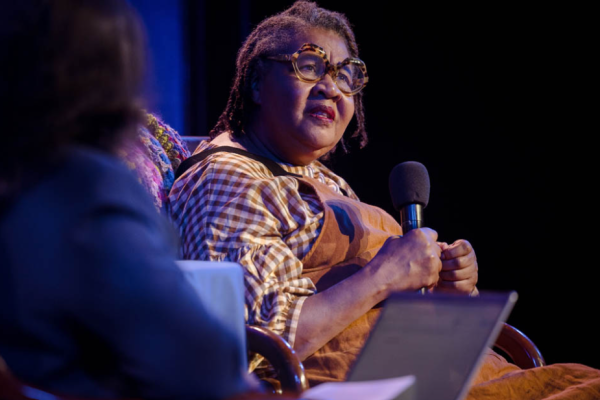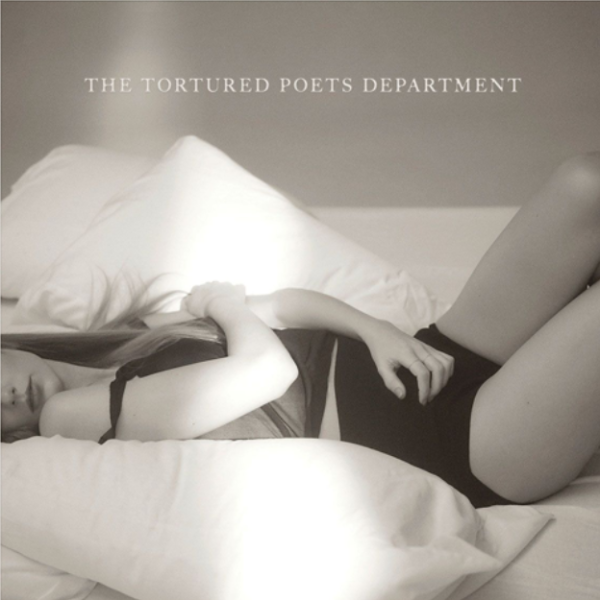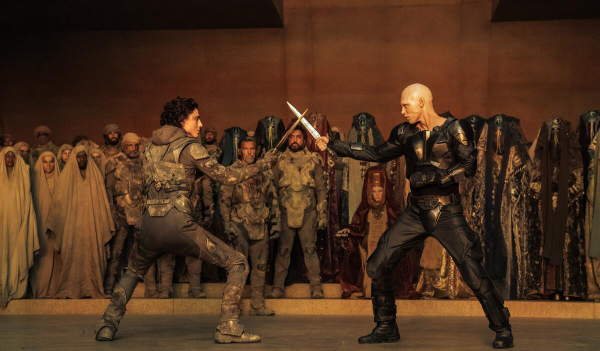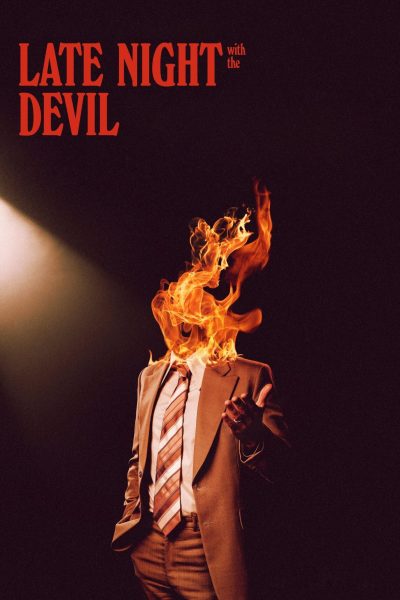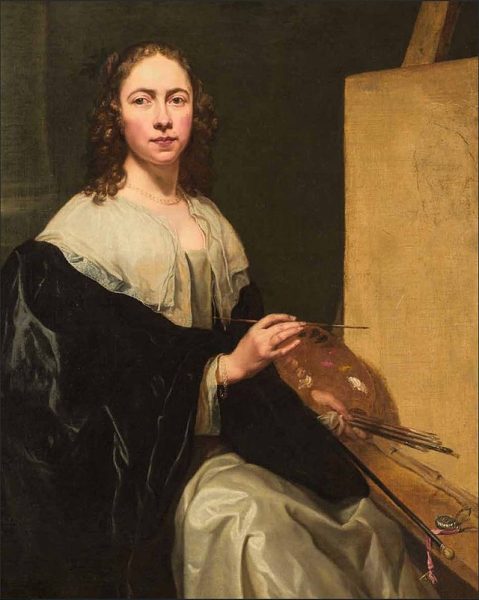A Pandemic Perspective on Art
Where to experience art safely in St. Louis
The COVID-19 pandemic has demanded changes from the world, welcome and unwelcome. The art world of St. Louis has adjusted accordingly. St. Louis has several vibrant museums along with outdoor art and sculpture parks. SLU students who are looking to find a safe and enjoyable semester, look to St. Louis art.
When thinking of art in the traditional sense, an art museum with pictures hanging on well-lit walls comes to mind. Saint Louis Art Museum, or SLAM, is located in Forest Park and has become one of St. Louis’ must-see wonders. One of the current exhibitions at SLAM is Currents 118: Elias Sime. The Currents series features new and old art from emerging, mid-career artists.
Elias Sime is an artist who designs modular creations from discarded materials he finds in his hometown of Addis Ababa, Ethiopia. Hannah Klemm, the associate curator of modern and contemporary art who curated this exhibit, described the artist by saying, “Sime is really interesting because he has been put in this category of e-waste. He is actually more interested in rehabilitating. We have all this stuff in the world and we can actually turn it into something else. Art is something that moves beyond the utilitarian and gives these objects a different life.” After spending months locked in quarantine, this emphasis on the different lives of objects is critical.
Despite the fact that St. Louis is not Sime’s hometown, he made sure to connect with the area. In December of 2019, he made a trip to the city. Klemm noted, “Sime added these circular structures after visiting the Cahokia Mounds and the Arch. He was so struck by the archaeological statements.” The circular structures Klemm references are huge bowls covered in braided wires and nails.
There are many ways to describe the experience of walking through Sime’s art, but nothing will compare to seeing and experiencing it for yourself. Klemm commented on how important it is to Sime that this art be experienced first-hand. “He does not always talk about the process,” she said. “He likes these things to be ambiguous.” Luckily, SLU students can do exactly that.
SLAM is open to the mask-wearing public. Matthew Hathaway, the museum’s communications director and former SLU UNews editor, said, “We are limiting 50% of what our occupancy is. As a practical matter, we have never come close to hitting that threshold since reopening.” SLU students can visit SLAM with peace of mind.
The Contemporary Art Museum of St. Louis, or CAM, is another art museum open to the public. CAM’s Fall/Winter exhibit features two exhibitions in the main galleries: the Great Rivers Biennial and an exhibition by the artist Ebony G Patterson. Chief curator Wassan Al-Khudhairi said this about the process behind the Great Rivers Biennial, “The Great Rivers Biennial is an exhibition we do every other year. Artists who live in St. Louis can apply and three final winners are chosen.”
Many wonder how the artists have reacted to the COVID-19 pandemic in their work. Al-Khudhairi revealed that the original exhibition was supposed to open in May so the artists created it without the implications of a pandemic. She added, “But what I will say is I think the pandemic has maybe shifted the context of the artist’s work, maybe most of all, Rachel Youn.”
Youn’s exhibition is called Gather and was created to feel like a dance party, elements that seem worlds away during the pandemic. Despite the fact that we cannot physically join in dance, Al-Khudhairi says, “the idea of this dance party is more palpable than before.” Dance and parties are fairly important factors in the college experience and are missed by many students. CAM can be a new mode for fun amidst the pandemic. As Al-Khudhairi says, “The context can change the meaning. The meaning has shifted.”
In contrast to the traditional art museums, St. Louis offers many outdoor art experiences.The Citygarden in downtown St. Louis is a sculpture garden between eighth and tenth streets. Nodding to the pandemic, many of the statues now wear St. Louis flag face masks. The Pulitzer Arts Foundation also has an outdoor garden near SLU’s campus. A representative described Park-Like as “a beautiful green space for the public to enjoy, but it is just as much about creating an environment for the plants, insects, and other creatures there to thrive. It is delightful to see it take on a new life in this way.” For any students with access to transportation, Laumeier Sculpture Park can be a holistic experience in the greater St. Louis area. Laumier combines both sculptures and walking trails for any students willing to step off campus and into the art world.
It is important to highlight the therapeutic nature of art and how necessary this can be during the quarantines and general life changes occurring this year. Al-Khudhairi eloquently described this relationship: “I think contemporary art has a way of allowing us to work through some of our feelings and emotions about what is happening in the world. We can walk into a space with contemporary art and let it be a place to contemplate the things that might be on our mind through the lens of another person.” All of the art locations discussed can be experienced safely by students. Additionally, it is important to note that each curator mentioned how most St. Louis museums are free and working to accommodate the public. St. Louis has a rich, connected art world that students should not hesitate to explore.
Your donation will support the student journalists of Saint Louis University. Your contribution will help us cover our annual website hosting costs.
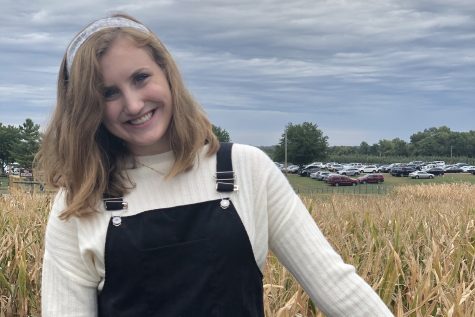


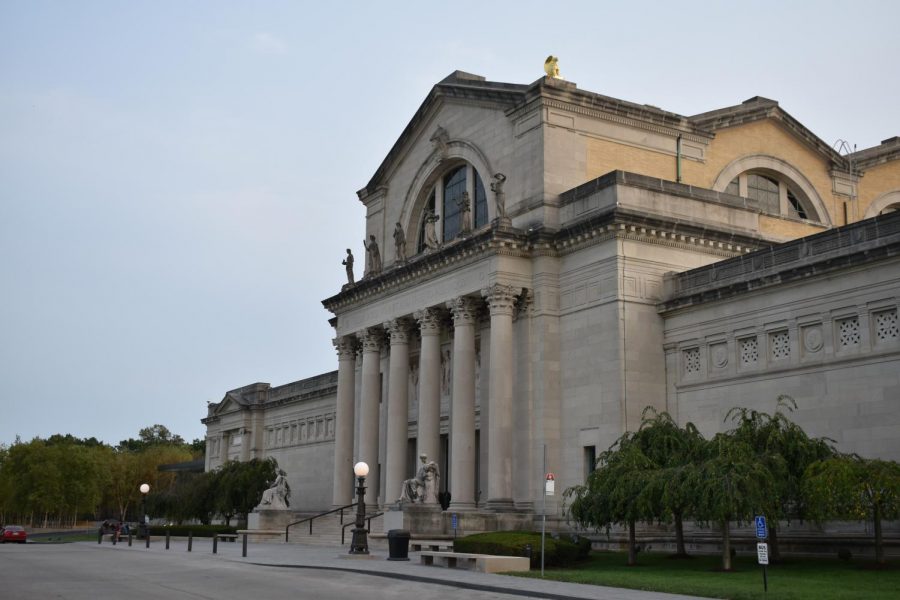
![The Teskey Brothers [Crew] gather together for a curtain call in front of a raucous St. Louis crowd after a two-song encore. (Photo courtesy of Vertrell Yates / @trellseyephotography)](https://unewsonline.com/wp-content/uploads/2024/05/Screenshot-2024-05-21-232057-600x370.png)
